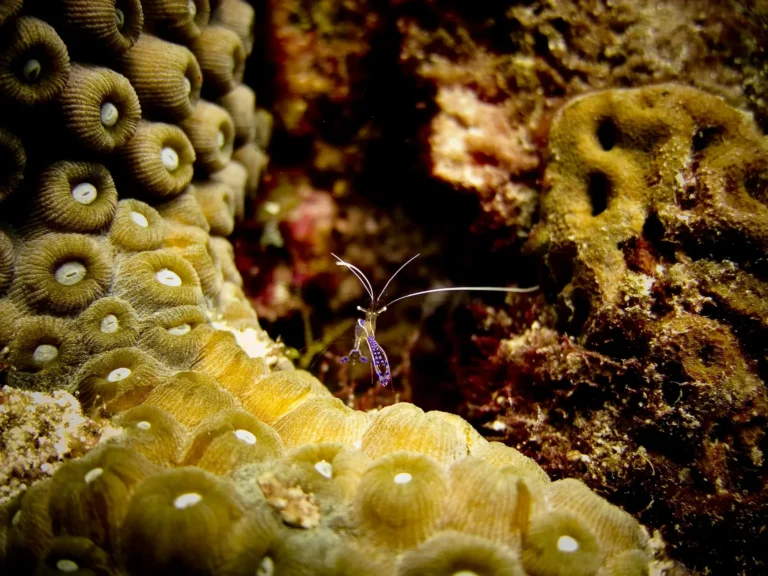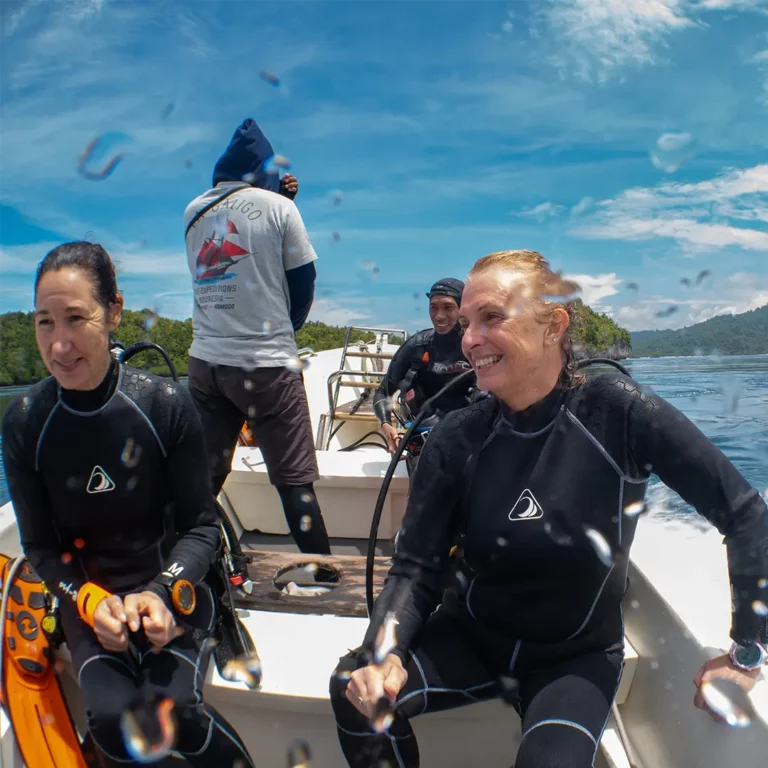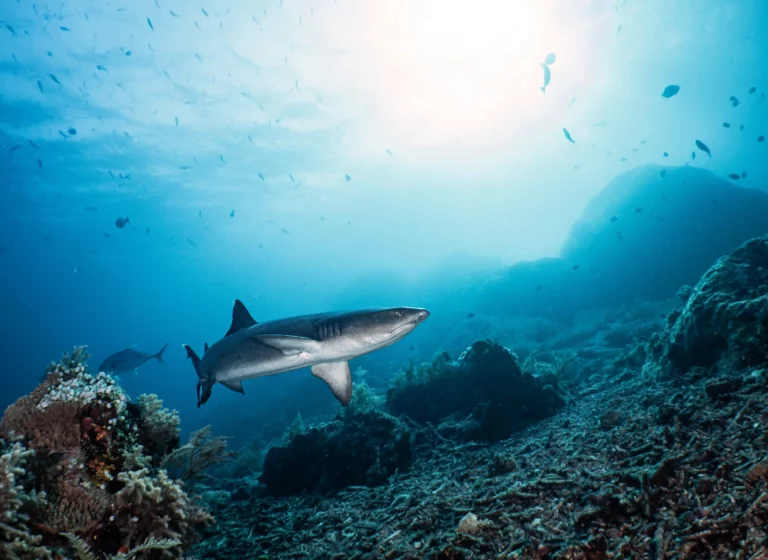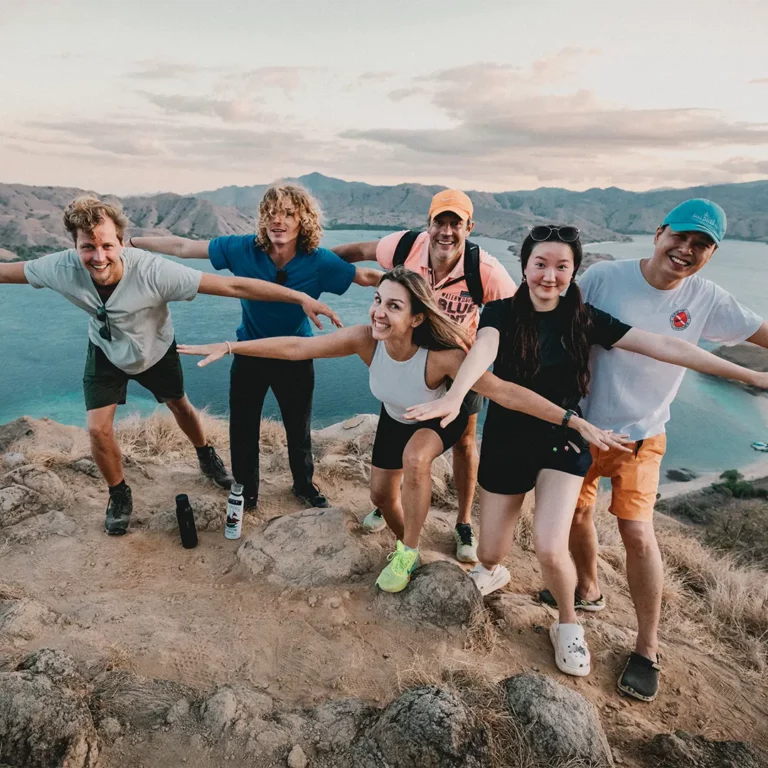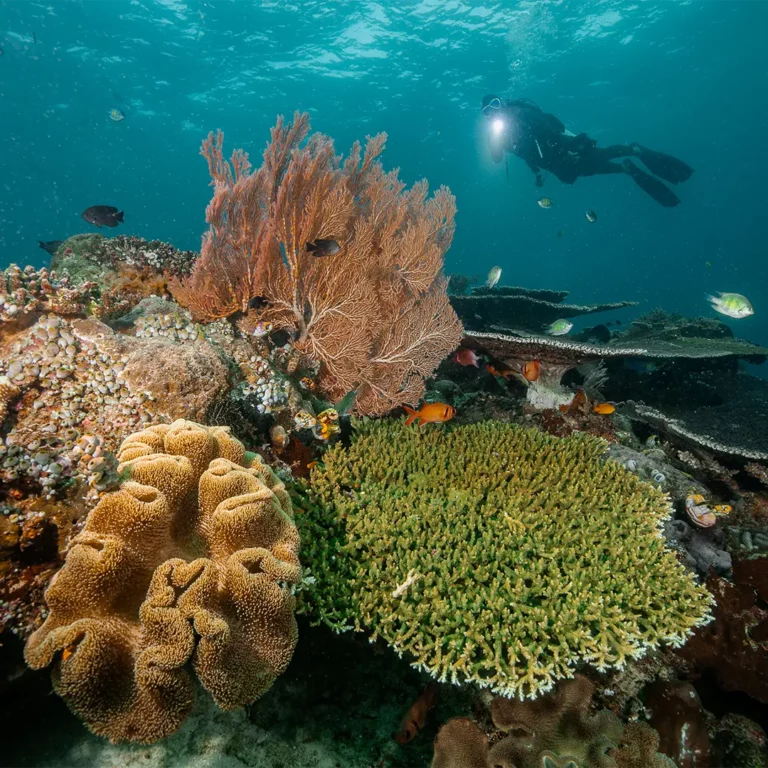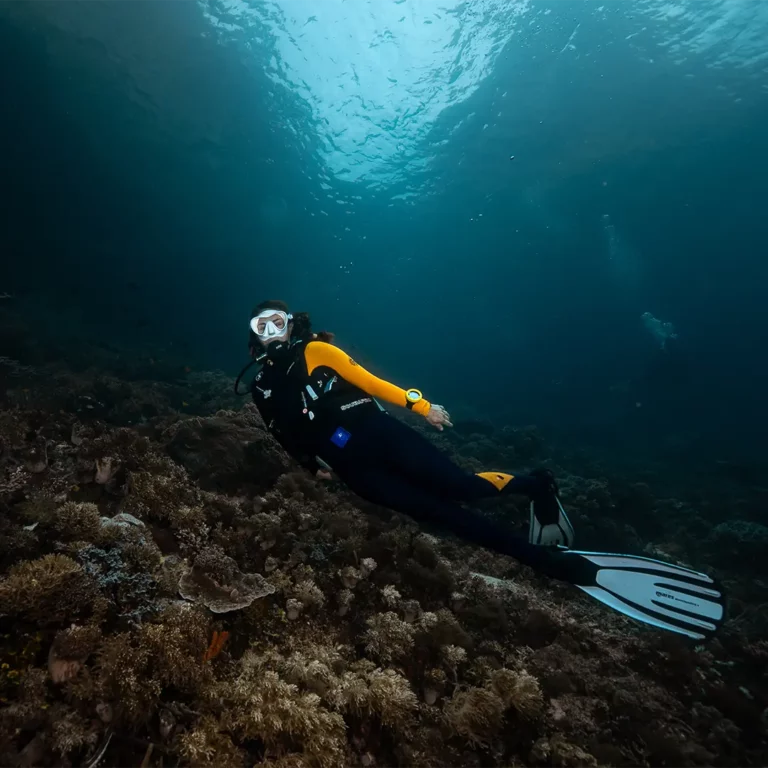Scuba diving is an exhilarating activity that allows individuals to explore the underwater world. One of the key components of scuba diving is the use of gas mixes, which play a critical role in ensuring the safety and comfort of divers. In this article, we will explore the various kinds of gas mixes used in scuba diving and their specific applications. From traditional air to specialised gas blends, understanding the different types of gas mixes is essential for any diver looking to enhance their diving experience.
Types of Gas Mixes for Scuba Diving
When it comes to scuba diving, the type of gas mix used can have a significant impact on the diving experience. Different gas mixes have varying levels of oxygen, nitrogen, and sometimes other gases. Understanding the different types of gas mixes available for scuba diving is crucial for divers to ensure their safety and enjoyment underwater. In this guide, we will explore the various types of gas mixes commonly used in scuba diving and discuss their unique characteristics and uses. Whether you are a beginner or an experienced diver, having a solid understanding of these gas mixes can enhance your diving adventures.
Air
Air is the most common gas mix used in recreational scuba diving. It consists of approximately 21% oxygen and 79% nitrogen. While this mix is suitable for shallow dives, divers need to be cautious of nitrogen narcosis and decompression sickness at greater depths.
Enriched Air Nitrox
Enriched Air Nitrox is a popular alternative to regular air for recreational divers. It has a higher oxygen content (typically between 32% and 36%) and a lower nitrogen content than regular air. EANx allows for longer bottom times at specific depths compared to diving with air, but divers need to be aware of the maximum operating depth for a given mix to avoid oxygen toxicity.
Trimix
Trimix is a gas mix that contains oxygen, nitrogen, and helium. It is commonly used for deep dives beyond recreational limits. The addition of helium helps reduce the narcotic effects of nitrogen at greater depths. Divers using Trimix need specialised training due to the complexity of managing three different gases and the potential for oxygen toxicity and nitrogen narcosis.
Heliox
Heliox is a gas mix that combines helium and oxygen. It is primarily used for extreme deep dives where the narcotic effects of nitrogen and the risk of oxygen toxicity need to be minimised. Heliox is a specialised gas mix that requires specific equipment and training due to the unique properties of helium.
Understanding the characteristics and considerations of these different gas mixes is essential for safe and enjoyable scuba diving at varying depths.
ALSO READ : Coral Etiquette 101 – Reefs Are Not Rocks to Stand on
Get Proper Training Before Going Mixed Gas Diving
Before embarking on any mixed gas diving, it is crucial to receive proper training and certification. Working with gas mixes such as Nitrox and Trimix requires a thorough understanding of their properties, effects on the body, and specialised diving techniques. Seek out a certified instructor or diving facility that offers courses in mixed gas diving to ensure that you have the necessary knowledge and skills to dive safely. Proper training will empower you to enjoy the unique experiences and opportunities that mixed gas diving has to offer while prioritising safety and responsible diving practices.
ALSO READ : What is the Accommodation and Food in Raja Ampat Like?
Conclusion
When choosing a gas mix for scuba diving, it’s important to consider factors such as the depth of your dive, your experience level, and any specific gas mix requirements for the dive site. It’s always recommended to consult with a certified diving instructor or expert who can guide you in selecting the most suitable gas mix for your diving excursion.
In conclusion, understanding the different kinds of gas mixes for scuba diving is essential for ensuring a safe and enjoyable underwater experience. By familiarising yourself with the various gas mix options and their associated benefits and considerations, you can make informed decisions that enhance your diving adventures. Remember to prioritise safety above all else and never hesitate to seek professional advice when in doubt about gas mixes for scuba diving.


